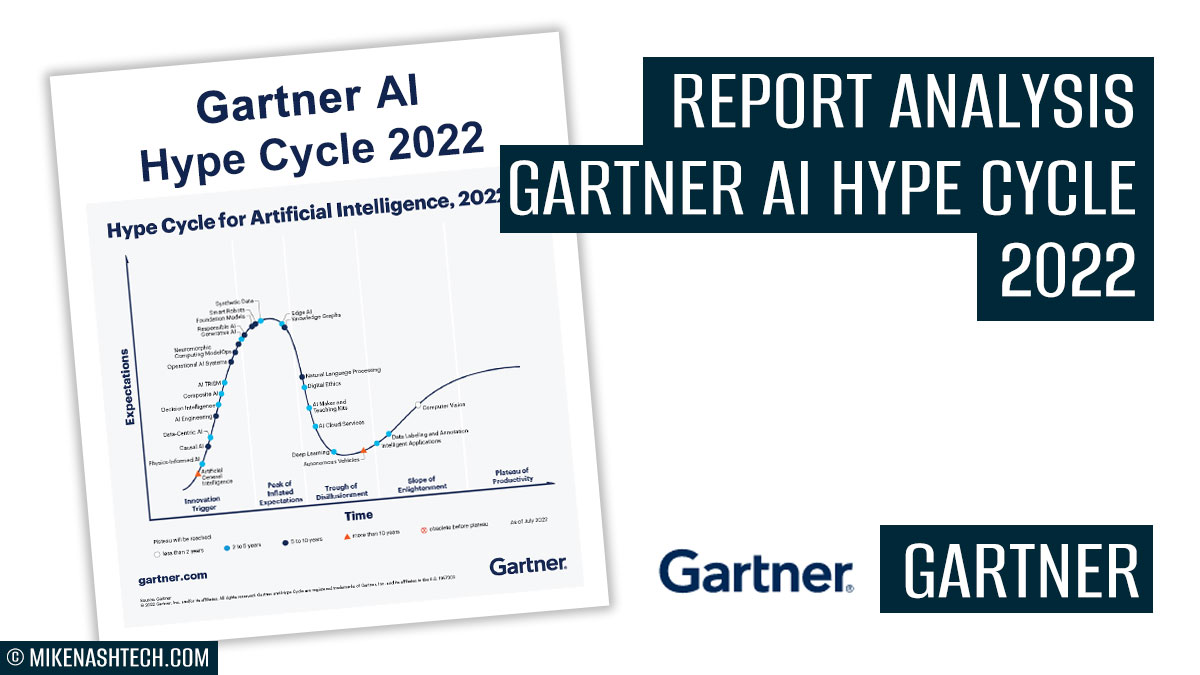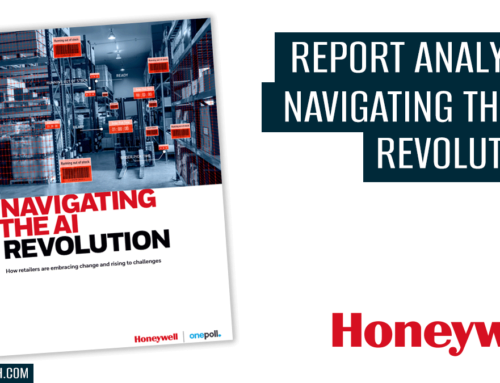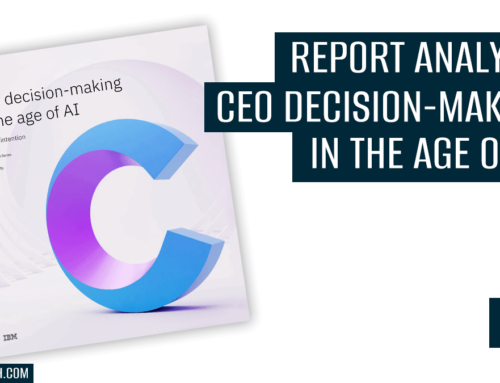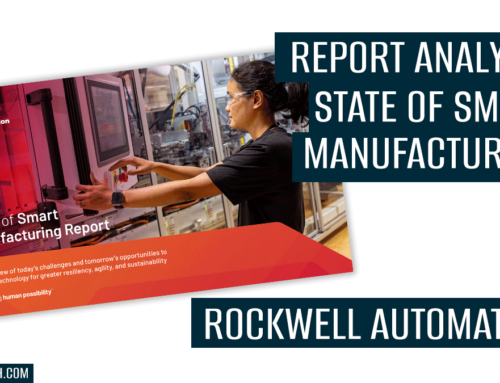Friday, 16 September, 2022
Gartner AI Hype Cycle 2022
Every year Gartner produces several hype cycles on various topics. The AI hype cycle is fascinating as it features the latest 26 AI technologies and methods to keep an eye on. These are then analysed for maturity in society.
Report ideal for
The AI hype cycle is ideal for anyone wanting to know the latest technologies they should keep an eye on shortly. A particular interest for:
- Leaders and managers – CEOs, CIOs, IT leaders
- AI experts and enthusiasts – Data Scientists, ML engineers, AIOps engineers, data engineers, MLOps engineers
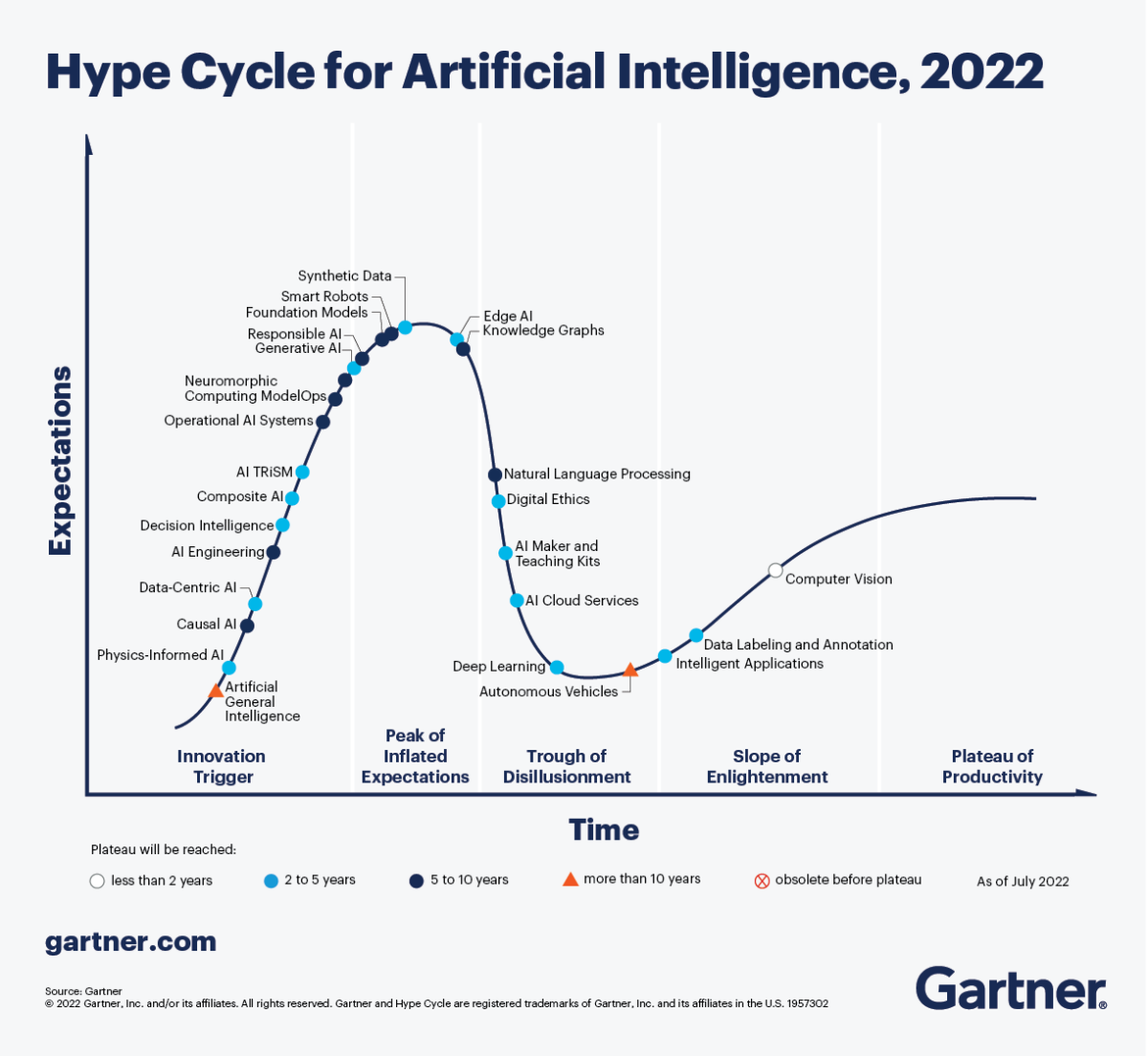
Gartner AI hype cycle 2022
Key points
- Technology is split into four main areas:
- Data-centric
- Model-centric AI
- Applications-centric AI
- Human-centric AI
- Key shift from deep learning only to AI specifics
- Focus on data and the importance of data, including synthetic data
- Movement to ethical AI and governance
- There are a few omissions on types of AI as well as methods
- Good to see that most of the technology is within 2-5 years and accessible to all.
- Lots more…
Technology details
Here are details on each of the technologies:
- AGI (Artificial General Intelligence) – The ability of an intelligent software/agent to understand any intellectual task similar to the level of a human. Some way off, this has been the ultimate ideal of many AI developers. Commercially, if the agent had a similar intelligence level as humans, there are broader possibilities with automation in the future. More on AGI
- Physics-informed AI (ML) explores integrating data and mathematical physics models. The idea is that Neural Networks NN becomes PINN, and laws can govern data sets in the learning process. This is an exciting prospect, where different forms of intelligence are combined for more accurate predictions or decisions. More on Physics-informed AI
- Causal AI – This is a new form of AI that tries to identify the underlying causes of behaviour or creates insights that predictive models fail to provide. For example, most AI is good at predicting when X = Y. However, causal tries to understand why. Commercially if we know why choices are made, then if we can re-create this intelligence, we can get to more accurate decision-making. Having this level of understanding would lead to more precise predictions or choices. More on causal AI
- Data-Centric AI – A new area of AI championed by Andrew Ng of Landing AI. This is where AI systems focus on data rather than algorithms. Evidence shows that good data can lead to 10 x faster modelling, 65% reduced time to deploy, and 40% improved yield and accuracy. Commercially, better data makes better sense. With good data, companies can use less data for model training, reducing time and costs. More on Data centric AI
- AI Engineering – The field of research that combines principles of system engineering, software engineering, computer science and human-centred design. As AI develops and strives to become more intelligent, it will have to adopt different forms of technology and knowledge systems. More about AI engineering
- Decision Intelligence – This is a new area of data science that includes theories from decision theory, social science and managerial science. It was developed to improve commercial decision-making in ML. More on Decision Intelligence
- Composite AI – This is where you use different AI techniques or technologies to achieve a better result. It can also be called multidisciplinary AI and is designed to solve complex business problems. This may mean using more minor data, ML, Deep learning, NLP, CV (Computer Vision), descriptive statistics, and Knowledge graphs. It also could incorporate DataOps, MLOps, APIOps, Data Mesh etc. The idea is that composite AI enables more human-like decision-making, thus reducing the need for big teams. More on Composite AI
- AI TRiSM – This is short for AI (T)rust, (Ri)SK, & (S)security (M)management. This is a form of model governance. It is so that people can be confident in the models, ensuring they have proper control, trustworthiness, fairness, reliability, security and data protection. In future, I see most organisations adopting this model as part of their AI governance. More on AI Trism by Fairly
- Operational AI System – This is a type of intelligent system designed for specific real-world commercial applications like text analytics, image recognition etc. It is often a miniature domain-specific AI system. More on Operational AI systems
- Neuromorphic Computing ModelOps – This is a specific AI modelled after the human brain and its nervous system.
- Generative AI – A broad label description of AI that uses unsupervised learning algorithms to create images, video, audio, text or code. More on Generative AI
- Responsible AI – This is the framework that documents how an organisation is addressing the challenges around AI from an Ethical and Legal point of view. Most companies should be addressing these critical issues.
- Foundation models are large AI models trained on many unlabelled data. More info about Foundation models
- Smart robots – These AI systems build their knowledge from learning about their environment and experience.
- Synthetic data – This is data/information produced artificially rather than from the source. More about Synthetic data
- Edge AI – This is where ML algorithms are often processed locally by the hardware device rather than centrally in the cloud. More about Edge AI
- Knowledge graphs (KG’s) – Knowledge graphs access or integrate data sources and add context or data-driven depths using ML. They act as a bridge between humans and systems. More on knowledge graphs
- Natural Language Processing (NLP) – This is an aspect of linguistics, computer science and AI about the interactions between computers and human languages. Most NLP systems allow computers to understand text and spoken words the same way humans would. More about NLP
- Digital Ethics – The branch of ethics deals with digital media. AI is a system of moral principles and techniques intended to inform the development and use of AI.
- AI Maker and Teaching Kits – These are DIY AI systems designed for teaching.
- AI cloud services – This combines the best of AI and cloud architectures with shared projects and workloads.
- Deep learning – This is the learning using neural networks. This is where elements are broken down and analysed for patterns and probability. Further decisions can then be made based on this. More about deep learning
- Autonomous Vehicles – These vehicles drive themselves without a human driver’s input. There are many types of self-driving, depending on the level of automation. More on autonomous vehicles
- Intelligent Applications (apps) – These AI-enabled apps provide a rich, adaptive and personalised user experience.
- Data Labelling and Annotation – The process of identifying raw data and adding meaningful labels. More on data labelling
- Computer vision – Where intelligent agents gain a high level of understanding of digital images or videos. There are many forms of digital detection, from object detection to defect detection. More about computer vision.
Key takeaway and insights – For leaders, managers
There are so many technologies/methods to consider in AI. The key is to be aware of each, but see how they can add value to your organisation and add a return to your strategy. Understanding their capabilities may unlock new economic opportunities. Before rolling out, discuss this with your data scientist and develop a roadmap or POC (Proof of concept).
Key takeaway and insights – For data scientists/engineers
There are a vast array of AI technology and techniques available. It is good to explore each technology’s possibilities and pros and cons. The key will be to see how they add value to the customer. Even if you don’t incorporate them thoroughly, you can embed their ethos, i.e. Decision Intelligence, AI TRiSM etc. Some elements could be included for better AI practice.
About Gartner hype cycles
Gartner closely monitors the latest technologies. Each technology is placed on a wave-shaped timeline graph, or hype loop, with expectations/time axis. This is then split up into five distinct stages in their journey:
- Innovation trigger – Where a specific technology starts. Early POC, stories and media but a finished product
- Peak of inflated expectations – Early publicity with a few success stories
- Trough of disillusionment – Interest dips as awareness is saturated but too early to see results
- Slope of entitlement – technology beginning to bring results for the enterprise. Further investment increases growth
- Plateau of productivity – Mainstream adoption begins to take off
The Gartner hype cycles are an excellent way to get a snapshot of technology in a specific area. Here is a good video outlining key points:
Read more
- 2022 AI hype cycle summary – https://www.gartner.com/en/articles/what-s-new-in-artificial-intelligence-from-the-2022-gartner-hype-cycle
- About Gartner hype cycle – https://www.gartner.com/en/articles/what-s-new-in-the-2022-gartner-hype-cycle-for-emerging-technologies
* Image and logo are registered to Gartner)
Feel free to contact me today
I invest many hours researching the latest AI, technology, and business trends for all my clients. The knowledge is refined, distilled, and combined with many other forms of analysis and expertise to give the best advice possible.
I can get the best out of AI by:
- Spotting the latest AI opportunities for your company
- Pinpointing the best AI experts for your project or company
- Giving the best advice on AI strategy and approach
- Helping extract the most value out of AI
- …and lots more, please feel free to contact me today

